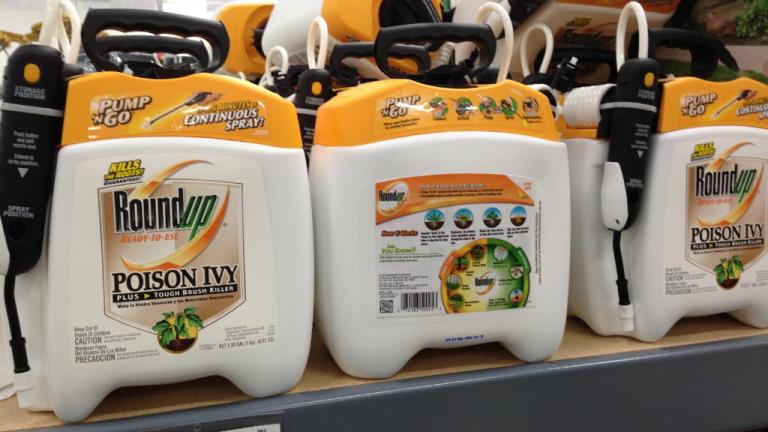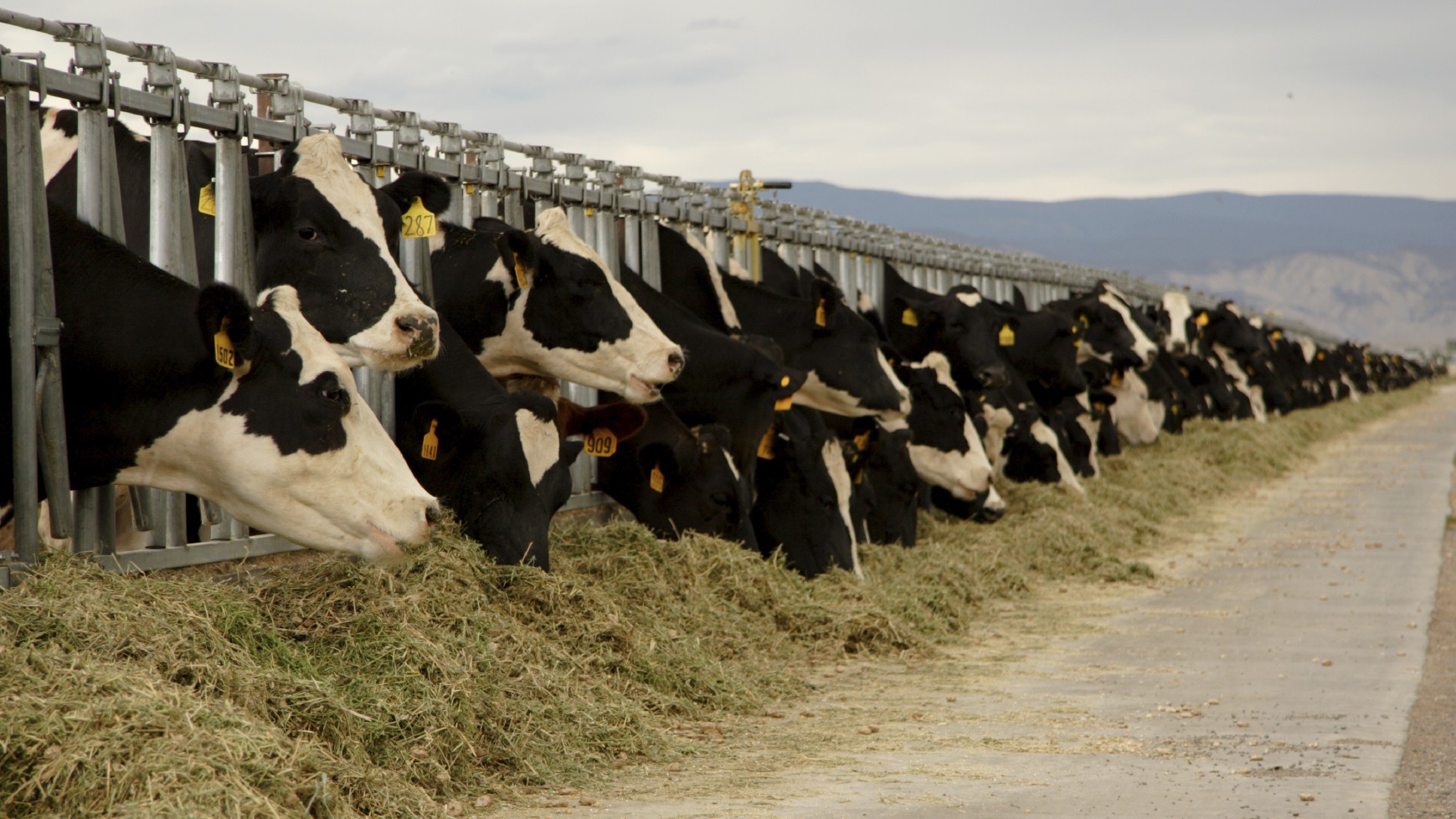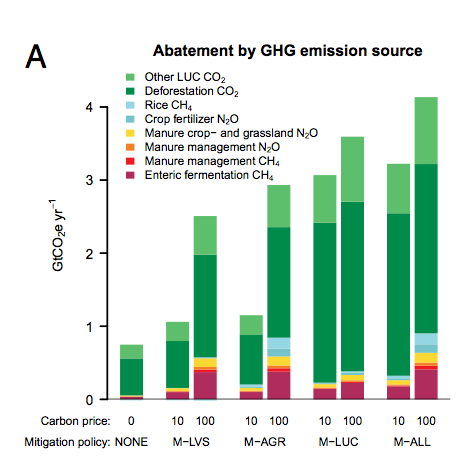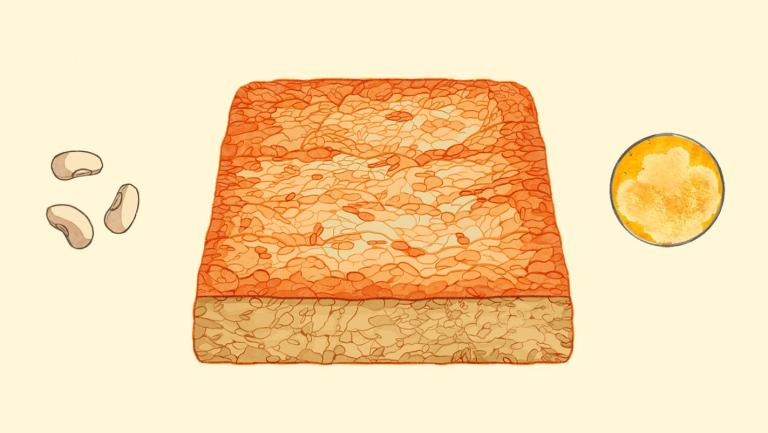We eat too much meat in the United States, and eating less of it is one of the most effective ways to reduce our carbon footprint. But in certain parts of the world where people are malnourished, meat can be the most efficient way to get people nutrients like iron. So what do you do about that?
Recently a group of researchers, many from the International Institute for Applied Systems in Austria, concluded that we probably shouldn’t be raising the price of meat to discourage people from eating it. Instead, we should be raising animals in more efficient ways so as to make meat available to the poor without pumping out as much greenhouse gas.
On the face of it, this seems to be saying that feedlots are environmentally correct. I have no doubt that some will wield this study as a bludgeon against anyone arguing for grass-fed beef. (“If you don’t like CAFOs, you want the Earth to cook and the poor to starve!”) Before that starts, let’s look at what this analysis actually shows.
Here’s the part of meat production that really hurts: burning down forests to create pasture. That, overwhelmingly, accounts for the carbon emissions laid out in this analysis. Check out the graph below: You don’t need to pay attention to all the acronyms as long as you understand that the big, dark green chunks represent deforestation.
So, if you are choosing between slash and burn for cattle grazing, or slash and burn to grow soybeans to feed to cattle, then — fine — the latter is better; you can get more meat per unit of land from a feedlot than you do from a ranch. But there are much, much better options. Not cutting down the rainforest at all comes to mind.
And, in fact, when the researchers modeled what would happen if they put some kind of carbon tax on cutting down forests, rather than on meat production, they got a lot of bang for their buck: You get a lot of greenhouse gas savings without much rise in the price of meat and milk.
The second thing you should know about this study is that more efficient meat production doesn’t necessarily mean feedlots. You can produce more meat per acre with better grassland management. And if done correctly, these grassland ranges can even sequester carbon. The paper’s authors focus on grain-fed cattle — right now the bulk of farmers know how to do that more efficiently than anything else. But there are plenty of other options, like eating different meats.
That’s the other thing to understand about this research: It just looked at ruminants — cows and other hoofed animals with complicated stomachs. The bacteria in these complicated stomachs make methane, which causes global warming, which is why the researchers focused on them. But focusing exclusively on ruminants neglects the possibility of switching over to pork, or chicken, or rabbit, or snail (!) meat. And then there’s always the possibility of using some vegetarian alternative to the malnutrition problem, like fortifying bread with iron.
It makes no sense for the U.S. to tell poorer countries not to eat meat while we’re chowing down monster portions every day. We can eat a lot less to help give the rest of the world its share. We shouldn’t be cutting down forests to produce grass-fed beef, but that doesn’t mean that grazing is bad. In grasslands, especially on hilly grasslands where farming is difficult, grazing can be far more efficient than growing grain to feed to cattle.




